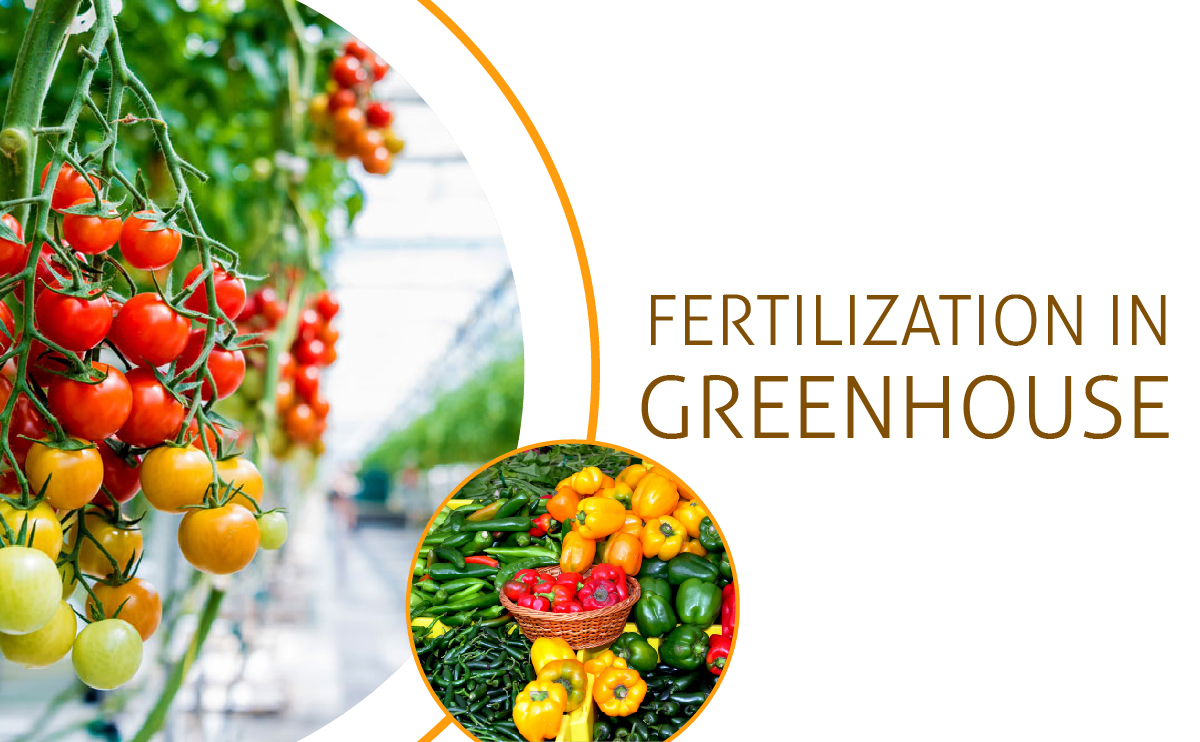Until the 18th century, the nutritional needs of soil and plants were tried to be met only with animal manure. However, in 1840, German chemist Justos von Liebig’s determination of the positive effects of potassium, phosphorus and nitrogen on the development of plants and his invention of chemical fertilizers in the light of this knowledge opened a new era in agriculture. The work of Liebig, who is considered the father of the fertilizer industry today, was followed by the discoveries of other scientists. For example, British researcher John B. Lawes discovered the production of a chemical fertilizer he called superphosphate by treating bone and acid in 1843. 10 years later, fabricated superphosphate production started in England, Austria and the USA. Superphosphate has long been the world’s main source of phosphorus fertilizer.
Parallel to phosphorus fertilizers, with the developments in the potassium industry, substances such as potassium chloride and potassium sulfate began to be used as fertilizers in agriculture since the 19th century. The spread of nitrogen, which is as important as phosphorus and potassium among plant nutrients, was possible with the discovery of ammonia production as a result of the reaction of nitrogen and hydrogen in the atmosphere. The first ammonia synthesis unit was opened in Germany in 1911. Synthetic ammonia production started in the USA in 1921. As of these dates, the nitrogen fertilizer industry, which lagged far behind the phosphorus and potassium fertilizer industries, especially during the II. It developed rapidly after the war because of the solid ammonium nitrate produced in large quantities for military purposes in the USA during World War II.
Urea, another synthetic nitrogen fertilizer, was first produced synthetically from ammonium carbamate in Germany in 1920. The use of urea as a fertilizer began in the USA in 1935. II. After the World War II, there was a rapid development in urea production and urea took an important place among nitrogen fertilizers.
DEVELOPMENT OF FERTILIZER FACTORIES IN TURKEY
The first fertilizer factories in Turkey were established under the leadership of the public sector. The first chemical fertilizer production started in 1939 with the production of ammonium sulfate as a by-product at the 1st Coke Factory of Turkey Iron and Steel Enterprises established in Karabuk. The sector gained the attention it deserved only with the planned development period in the 1960s. Considering fertilizer production as “the first step of transition from primitive agriculture to modern agriculture”, the management provided significant support to the fertilizer industry in terms of both production and consumption in the planned period. The annual fertilizer consumption, which was around 300 thousand tons when the First Plan was implemented in 1963, reached 1.5 million tons in 1967, the end of the plan period. This development kept its pace in the next five years and fertilizer consumption increased to 2.1 million tons in 1973 and 3.9 million tons in 1978.
The planned period constituted a turning point for the establishment of new fertilizer factories and the development of the fertilizer industry in Turkey. Especially during the Second Five-Year Plan period (1968-1972), large capacity increases occurred. During this period, an increase of more than 8 times was achieved in fertilizer production in Turkey. The fertilizer production capacity, which was 350 thousand tons in 1967, reached 3 million tons in 1972.
It was after the 1970s that the private sector became interested in establishing fertilizer factories. However, while there was a rapid increase in production capacity, the fertilizer factories that were established could not be operated efficiently due to the inability to import sufficient amount of raw materials from abroad due to the lack of foreign exchange and the difficulties experienced in the procurement of operating materials. For example, in 1978, Fertilizer Fabrikaları A.Ş. Although the production capacity in Turkey reached 3.6 million tons with the compound fertilizer production facility established by A.Ş., the capacity utilization rate was limited to only 36% in the same year due to import difficulties and planning deficiencies. In 1980, production stopped completely in some fertilizer factories due to the lack of raw materials.
LIDER FERTILIZER FACTORY
The fertilizer production facility of Lider Gubre, a large enterprise in the field of agricultural industry, started production in Antalya Organized Industry Section 1. Lider Gübre, which was a small fertilizer producer at the time it was founded, quickly came to the fore in the sector in the following years with its quality, wide sales network and dynamic structure. Thanks to the successful performance of the company in its first years, the production and storage capacity of the factory nearly doubled.
Today, fertilizer companies under the roof of Lider Gubre continue their activities. Lider Gübre factory, which has a high production capacity, is taking firm steps forward in the sector in terms of market share thanks to its wide product range and effective distribution channels.








